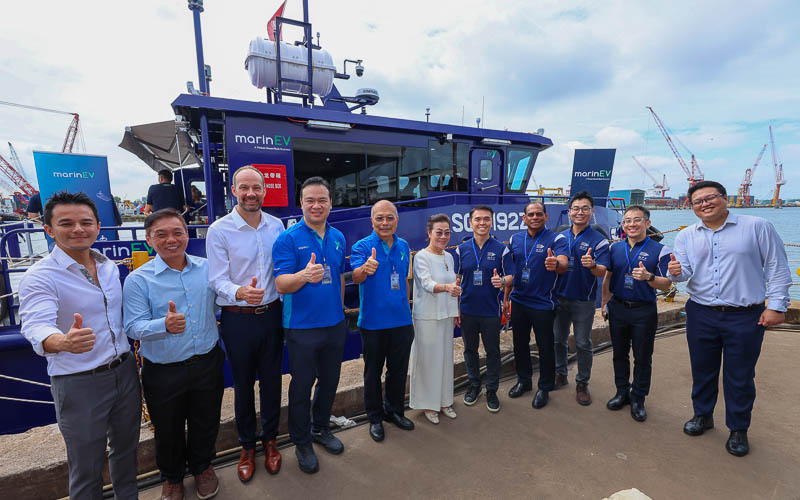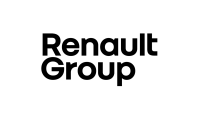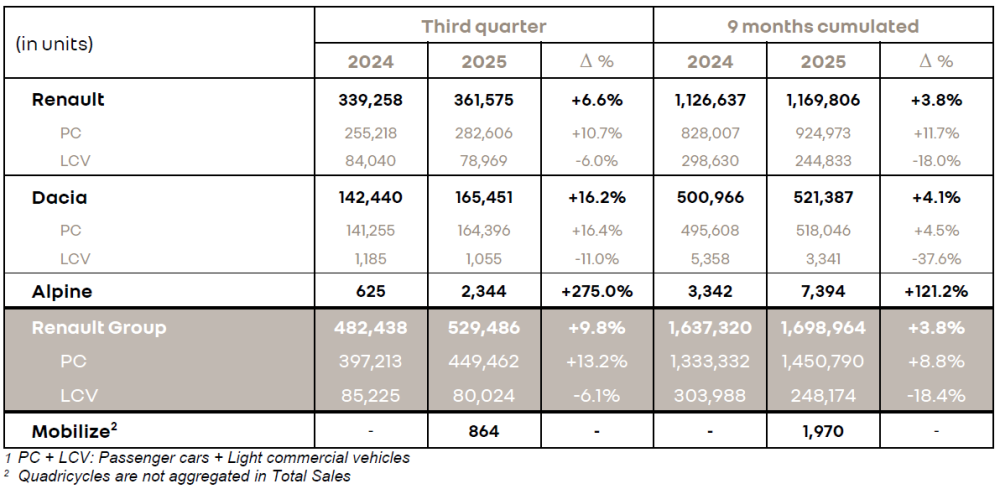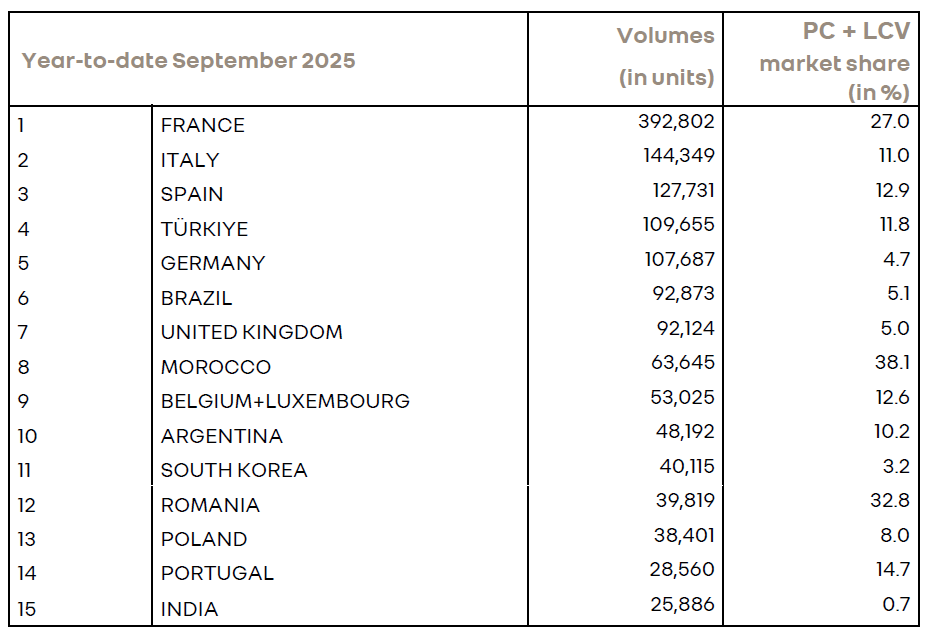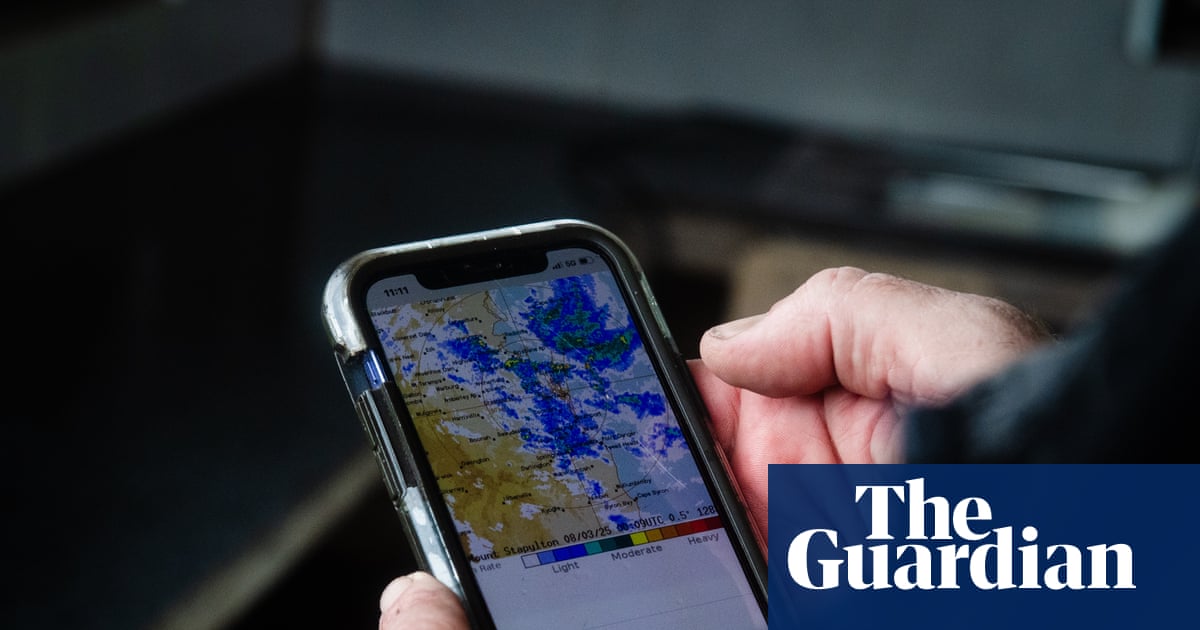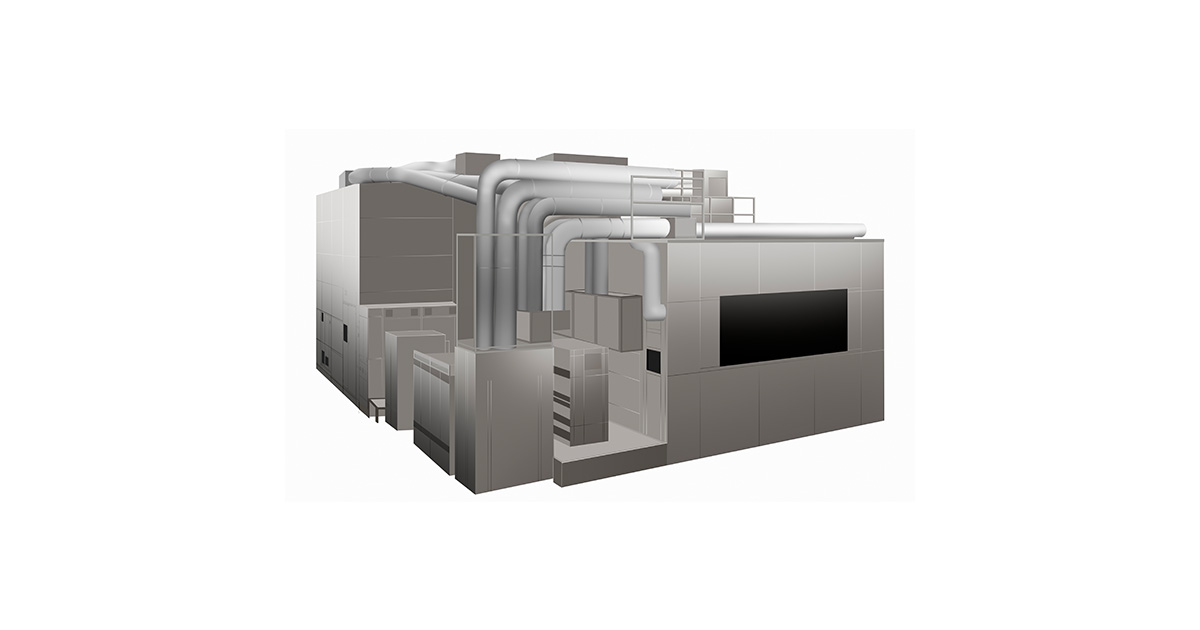Some big sanctions to start: The US is imposing sanctions on Russia’s two biggest oil companies, Rosneft and Lukoil, aiming to “degrade” Vladimir Putin’s war chest and support Donald Trump’s effort to end the war in Ukraine.
And a payday: Citigroup has elected chief executive Jane Fraser as chair of the US bank’s board of directors and is paying her a one-off $25mn bonus, underscoring her leadership position atop the lender as it pursues a radical overhaul.
Welcome to Due Diligence, your briefing on dealmaking, private equity and corporate finance. This article is an on-site version of the newsletter. Premium subscribers can sign up here to get the newsletter delivered every Tuesday to Friday. Standard subscribers can upgrade to Premium here, or explore all FT newsletters. Get in touch with us anytime: Due.Diligence@ft.com
In today’s newsletter:
-
Sequoia’s COO calls it quits
-
Private equity giants eye Japan
-
A $20bn nuclear (pipe) dream
Tumult at a Silicon Valley institution
Sequoia Capital has become Silicon Valley’s most sought after venture firm by letting its investments do the talking.
The 53-year-old group has backed Google, Apple and OpenAI, all while adopting a position its current chief Roelof Botha describes as “institutional neutrality”.
That position appears to be under strain following the departure of Sequoia’s chief operating officer over another partner’s comments which she regarded as Islamophobic.
Sumaiya Balbale left Sequoia after five years in August. The FT revealed on Tuesday that her resignation was precipitated by social media posts by Shaun Maguire, one of Sequoia’s most successful investors and a close ally of Elon Musk.
The pugilistic partner wrote on X in July that New York mayoral candidate Zohran Mamdani “comes from a culture that lies about everything. It’s literally a virtue to lie if it advances his Islamist agenda. The West will learn this lesson the hard way.”
Balbale, a practising Muslim, complained to other senior figures at the firm about the post, according to sources the FT spoke to.
Some shared concerns about Maguire’s language, the people said, but no action was taken to sanction Maguire, a physicist whose investments including SpaceX, xAI and Neuralink have netted billions of dollars of paper gains for the firm.
Past Sequoia partners have not been afraid to take political positions, even where those clash. Doug Leone and Michael Moritz, its prior generation of leaders, were vocal from opposite sides of the political spectrum.
But Maguire’s outspoken online persona — spanning a passionate defence of Israel’s actions in Gaza, to endorsements of UK anti-immigration activist and convicted criminal Tommy Robinson — is something new, while Sequoia also lacks a counterbalancing public voice this time round.
(Maguire didn’t respond to requests for comment for the story.)
That is turning off some of the group’s portfolio companies and investors, particularly those in the Middle East. One financier from the region who has worked closely with Sequoia in the past described Maguire’s comments as “a humiliation”.
“A lot of sovereign wealth funds from this part of the world are not going to work with this guy, that’s for sure . . . he is not welcome here.”
Japan’s private equity lovefest
A quarter century ago, private equity firms in Japan were seen as vultures. Now they’re hosting a former prime minister for dinner, making their way ever deeper into the core of the country’s manufacturing base.
The Japanese establishment is courting firms like KKR, Bain Capital and Blackstone to help shake up moribund companies and spur industry consolidation.
“The idea of introducing a shock to the system . . . literally to create a crisis, is a very welcome one in the establishment,” said Jesper Koll, director of the activist Japan Catalyst Fund.
They’ve got to this point through solid returns and an extremely careful cultivation of their public image. Mis-steps such as the bankruptcy of Marelli and a public fight over Fuji Soft have been taken in stride by the market.
But as more firms pile into the market, auctions get more expensive and structures get more sophisticated. The question becomes how long before Japan gets nervous or more serious mistakes start being made.
One private equity executive in Tokyo said the reality was “enormous pressure from investors to deploy, deploy, deploy” and that “price doesn’t matter the way it should”.
“We can’t just stop doing deals. It’s a rollercoaster and it is getting dangerous,” the executive added.
Atsuhiko Sakamoto, head of private equity in Japan for Blackstone, cautioned that those entering the country now might not realise how different the market still is.
“Remember, the backlash in the US came from buying legacy industrial businesses in the 80s and 90s and slashing headcount . . . the key people in Japanese PE are very aware of that history,” he said.
“For at least the next five years, I don’t think there will be a need for more aggressive cutting of jobs. But maybe as more people come in, those that don’t know the history in Japan . . . maybe they get overconfident and think they can do anything.”
The $20bn nuclear start-up with no revenue
It’s been a rough week for the husband and wife team who co-founded Oklo, the Sam Altman-backed nuclear start-up planning to build a fleet of nuclear reactors to power the AI boom.
Jacob and Caroline DeWitte, who fell in love while studying nuclear engineering at the Massachusetts Institute of Technology, saw their company’s market capitalisation shrink by a quarter to $20bn in the five trading days to Tuesday’s close.
Oklo’s shares plunged a further 14 per cent on Wednesday (another hit of more than $2bn to valuation) following publication of a deep dive by the FT, highlighting some of the risks built into the company’s business model.
Oklo has ambitious plans to begin supplying commercial power to customers in 2027 from a newly designed sodium-cooled small modular reactor.
It doesn’t have a licence to build or operate the reactors, nor any revenues or binding contracts with customers. But it does have a very nice artistic rendering of its proposed Aurora Powerhouse — although it looks more like a ski chalet than a nuclear reactor.
The Silicon Valley-based company has become one of the symbols of the AI boom (or bubble) that has caused energy-related shares to soar this year, as investors bet on groups that can supply energy-hungry data centres with power.
That has turned the DeWitte family, who own 18 per cent of Oklo, into paper billionaires. And they’re wasting no time: they’ve already cashed out $250mn by selling 3.2mn shares in the past six months.
Critics say the company has a “move fast and break things” culture, which has not endeared it with regulators. The Nuclear Regulatory Commission made the unusual decision to reject a licence application in 2022.
But it has attracted considerable support from the Department of Energy, which is led by secretary Chris Wright, a former Oklo board member.
The company has been selected for multiple government programmes overseen by the department. DeWitte told the FT that Wright had recused himself from decision-making regarding Oklo.
The question for investors: can government support help Oklo design a reactor that’s commercially viable?
As one former NRC chair said, sodium-cooled reactors have been tried before and failed to make the grade, noting that liquid sodium was “highly corrosive, flammable and explosive on contact with air and water”.
Investors will be hoping their money doesn’t go up in smoke.
Job moves
-
Fannie Mae has named chief operating officer Peter Akwaboah as acting chief executive to replace Priscilla Almodovar, and has promoted John Roscoe and Brandon Hamara to co-presidents.
-
Debevoise & Plimpton has hired Krishna Skandakumar as co-chair of the firm’s private funds transactions group and Natalia Kubik as partner. They both join from Goodwin.
Smart reads
Fear of missing out Sam Altman has been using corporate Fomo to his advantage, The Wall Street Journal writes. By playing the egos of Silicon Valley’s giants off one another he has tied the fates of tech’s biggest players to OpenAI.
Emergency money With extreme weather events becoming more frequent and more severe, recovery spending is becoming a key driver of the US economy, Bloomberg reports. Disaster-related companies are even outperforming the S&P 500.
‘Man malaise’ The world’s largest listed hedge fund is at a crossroads: it either has to focus on its quant roots, or diversify. The FT’s Costas Mourselas goes on the Behind the Money podcast to talk about whether they’ll be able to rebound.
News round-up
Rachel Reeves targets tax partnerships in crackdown on wealthy Britons (FT)
Barclays suffers £110mn hit from Tricolor collapse as bank’s profits fall (FT)
Investors bet on Argentine peso devaluation after weekend elections (FT)
NatWest and Lloyds scale back new lending to broadband challengers (FT)
BDO chief pledges fight over ‘falsehoods’ on First Brands work (FT)
Kering adds to hope of luxury recovery as it stems sales declines (FT)
OpenAI prioritised user engagement over suicide prevention, lawsuit claims (FT)
Reddit sues AI search engine Perplexity for scraping its data (FT)
Due Diligence is written by Arash Massoudi, Ivan Levingston, Ortenca Aliaj, Alexandra Heal and Robert Smith in London, James Fontanella-Khan, Sujeet Indap, Eric Platt, Antoine Gara, Amelia Pollard, Kaye Wiggins, Oliver Barnes and Jamie John in New York, George Hammond and Tabby Kinder in San Francisco, Arjun Neil Alim in Hong Kong. Please send feedback to due.diligence@ft.com
Recommended newsletters for you
The AI Shift — John Burn-Murdoch and Sarah O’Connor dive into how AI is transforming the world of work. Sign up here
Unhedged — Robert Armstrong dissects the most important market trends and discusses how Wall Street’s best minds respond to them. Sign up here

